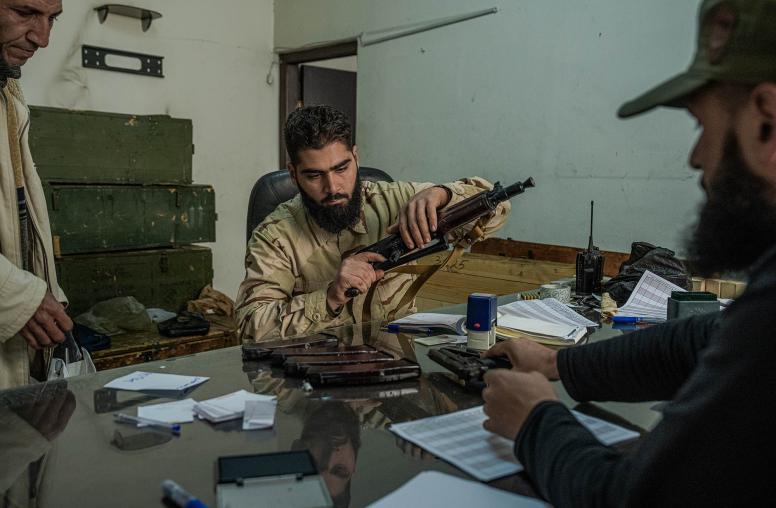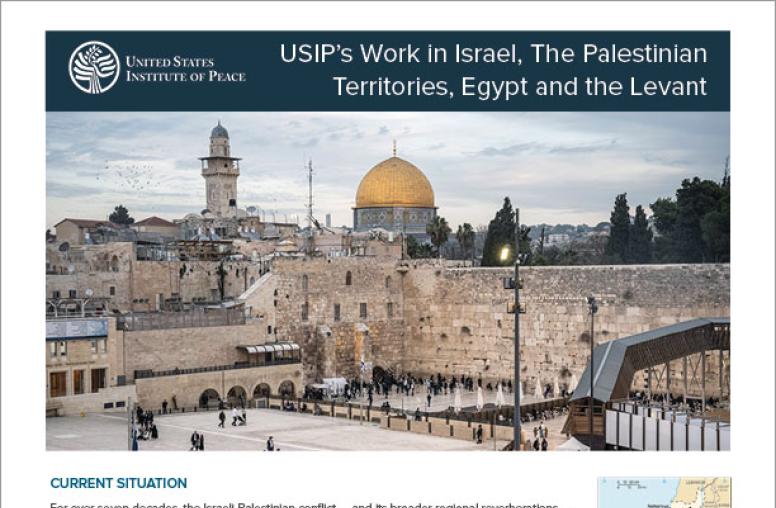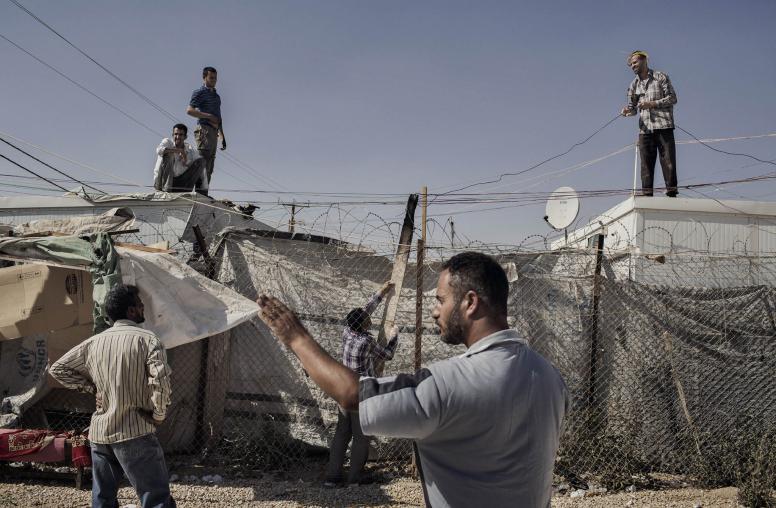The U.S. State Department is hosting foreign ministers and senior leaders from 68 countries and organizations in the Global Coalition to Counter ISIS this week to discuss options for accelerating the campaign. The agenda includes the question of foreign fighters, a pressing priority as intensified military offensives in Syria and Iraq force many of them off the battlefield and back home. Developing sustainable responses to their return is a critical and complex challenge, not least because of the high numbers that will be coming back to countries with weak criminal justice systems.

Foreign fighters are not a new trend, but the scale and scope of the flow of recruits to the conflicts in Syria and Iraq is unprecedented. Over 20,000 are estimated to have travelled to fight for ISIS, most from Southeast Asia, North Africa, the former Soviet Republics and Western Europe. Because of this, the effort to defeat ISIS is both an international military operation as well as a massive law enforcement campaign.
Most countries have criminalized the act of travelling to support ISIS, and fighters who return to their home countries will face prosecution and prison time. However, prisons in many countries are more often than not incubators for criminality and terrorism, entrenching networks and the commitment to radical ideologies and violent activity. The risk of recidivism is high when they are released, especially in the absence of effective programs to de-radicalize those who participated in violent extremist activity and to reintegrate them back into society.
So there is a pressing need to think outside the “prison box” for more creative solutions, especially for countries such as Tunisia, which face the possibility of large numbers of returnees that could overwhelm criminal justice sectors already confronting the challenges of reform. Rehabilitation and reintegration programs for returning foreign fighters require popular support—families and communities must be integrally involved—as well as resources and the knowledge and skills to carry them out.
One option might be to consider mechanisms used in more traditional post-conflict environments to demilitarize, demobilize and reintegrate former combatants. While there is a clear distinction between the laws and tools for dealing with criminals versus those for handling combatants, the scale of the problem might warrant a hybrid solution.
In 2016, for example, the Tunisian government proposed amnesty for repentant returnees, a forward-leaning idea that gained some traction but also sparked popular protests. Most recently, the government has announced that it is building new prisons to accommodate the returnees, and the Prime Minister has said that all who attempt to return will be arrested under Tunisian counterterrorism laws.
Tunisia and other countries facing large numbers of returning fighters in the coming months and years might look to the lessons from demilitarizing rebels in Colombia as part of its peace agreement, or the transformation of the conflict in Northern Ireland. While such efforts would need to occur in conjunction with effective criminal justice responses, incorporating some of the economic, social and political programs used in those cases might lead to more sustainable success in reducing the risk of violent extremism.


